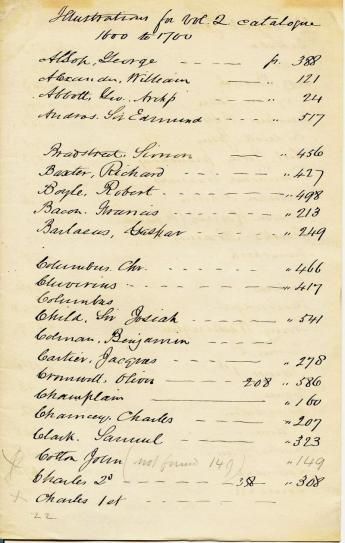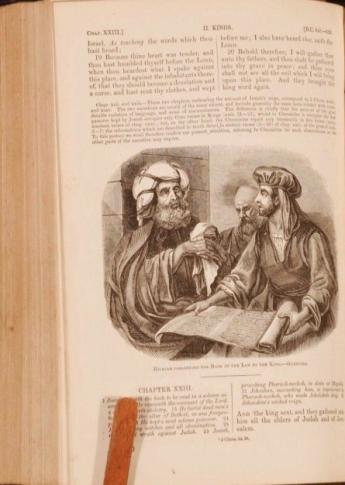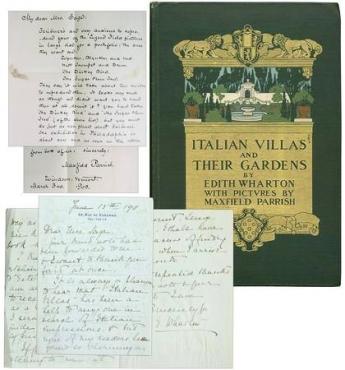From the Private Library's Archives: Extra-Illustrated Books and The Private Library

By L.D. Mitchell
Any independent bookstore that has been in business for any length of time is likely to have squirreled away on its shelves a tome or two (or more) that is extra-illustrated. Such books are illustrated by means of engravings, variant title pages, and the like, which were not included in the book by the publisher, but added later. This additional matter may consist of original drawings, manuscripts, etc., but it may also consist of leaves taken from other books. The added material may be mounted, inlaid, or trimmed to conform to the size of the other leaves of the book. Also called "Grangerized" (a term derived from the vogue begun by the publication of James Granger's Biographical history of England, in 1769, in which Granger had blank leaves included so that the owner could insert desired illustrations).
Just about any kind of book could be, and often was, subject to this sort of post-publication "enhancement" during the period when Grangerization was a not uncommon way to "personalize" one's books (late 18th-early 20th century). The Providence (Rhode Island) Public Library, for example, has in its Special Collections department a letter from John Russell Bartlett (John Carter Brown's librarian) to his son which dictates how a copy of Bartlett's Bibliotheca Americana: A catalogue of books relating to North and South America in the Library of John Carter Brown of Providence, R.I. (1865-1871) was to be extra-illustrated.
One of the most popular books subject to this practice (and one which a diligent collector may sometimes encounter at yard sales, garage sales, friends-of-the-library books sales and the like) is the Christian Bible. Owners often took the process of Grangerizing Bibles to great lengths: a copy in the Huntington Library, which originally was published in threeoctavo volumes, grew--through the post-publication addition of some 30,000 extra illustrations - to sixty folio volumes! This behemoth, which began as Kitto's Pictorial Bible (1836-1838) contained:
specimens of fifteenth- and sixteenth-century Bibles, ...near 3,000 original drawings by Raphael, Caracci and others, ...missal paintings from the fourteenth to the early sixteenth century, ... Rembrandt etchings, ...Dürer woodcuts, [and] many choice impressions of line engravings and mezzotints. In 1875 this Bible was acquired by Theodore Irwin of Oswego, New York [whose son later sold it to Henry Huntington], who spent some years improving the collection still further by exchanging average impressions for better ones and substituting items he considered for some reason not sufficiently worthy.
One would have thought the illustrations in the original volumes (a scene from which is depicted below) would have been sufficient.
Among other types of books that frequently were Grangerized are numerous books on natural history, collections of poetry, travels and exploration, biographies, and encyclopedias of all types.
Because the additional materials used to enhance such volumes are themselves sometimes quite rare, one should scrutinize any Grangerized book that one encounters with some care …
***
For many years L.D. Mitchell's blog The Private Library showed collectors that it is possible to build a collection without the benefit of much money. He published numerous articles on every imaginable subject of book collecting, he wrote about the most beautiful, the most important, the most common, the most attractive, the most unusual, the most interesting, the most extraordinary, the most amazing ... books one could read, buy, collect and simply enjoy. The Private Library has become an irreplaceable resource for all booklovers. Since April 2012, it is a static archive. L. D. Mitchell will no longer post new original content. ILAB is very grateful that he has given permission to publish some of his best articles and collecting tips from The Private Library on the ILAB website. Thank you very much, L.D.


